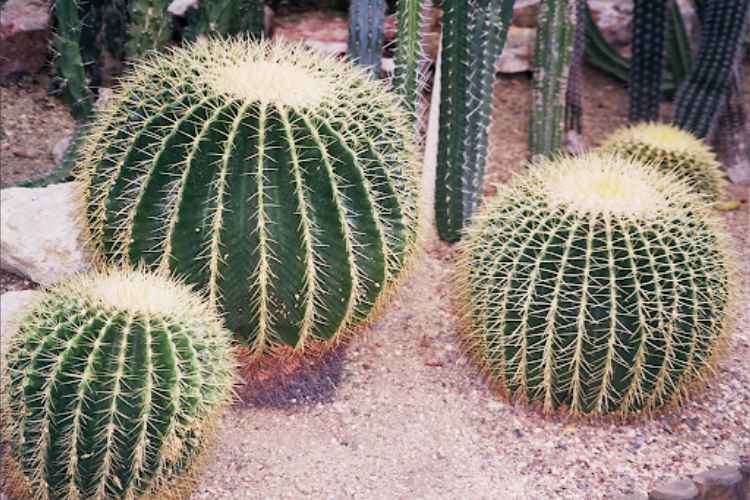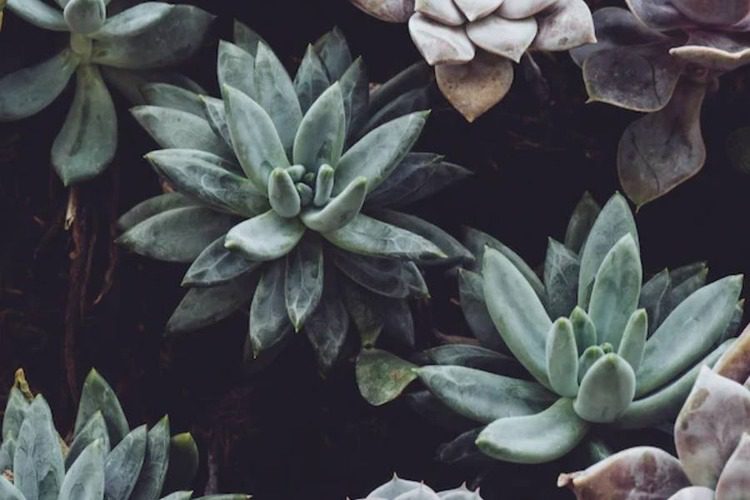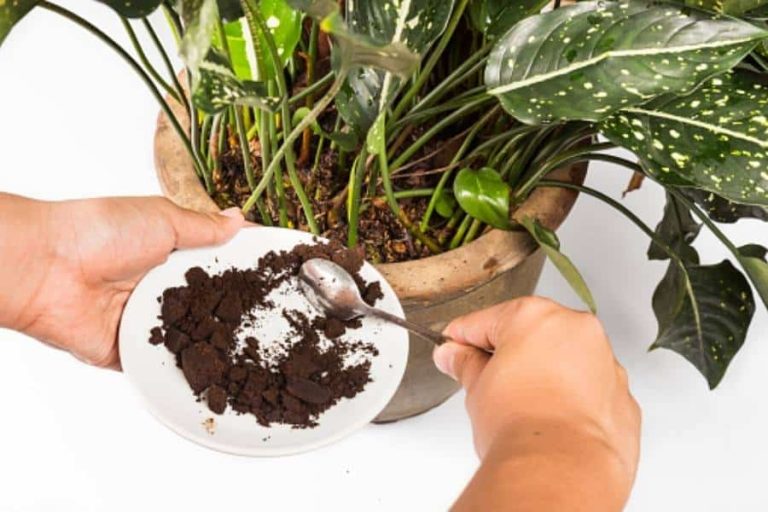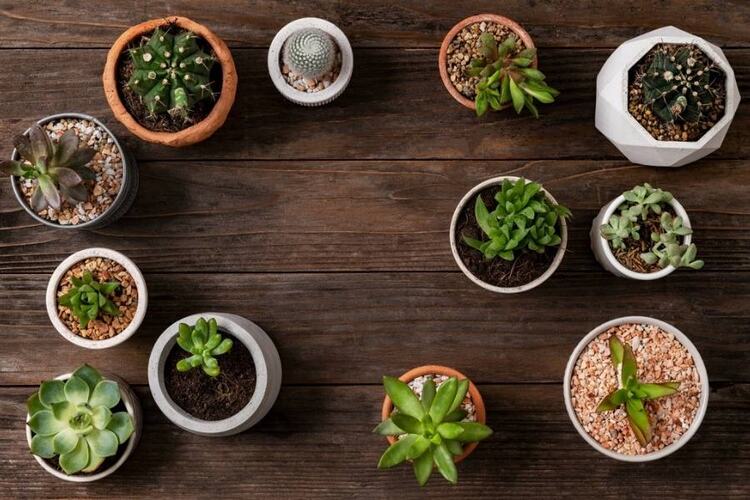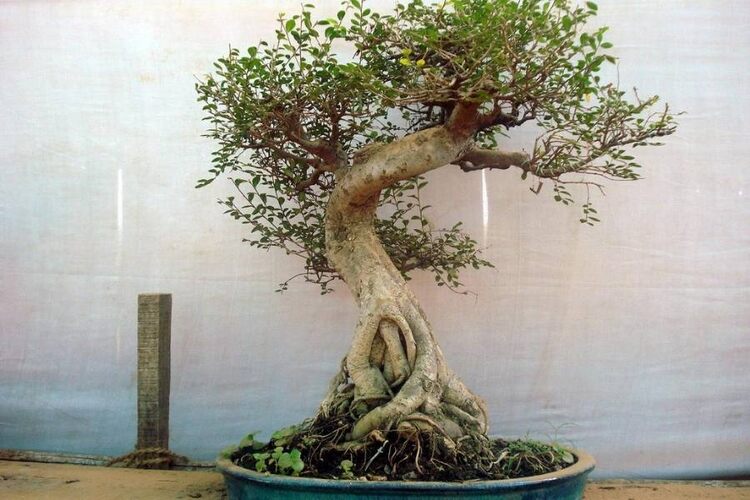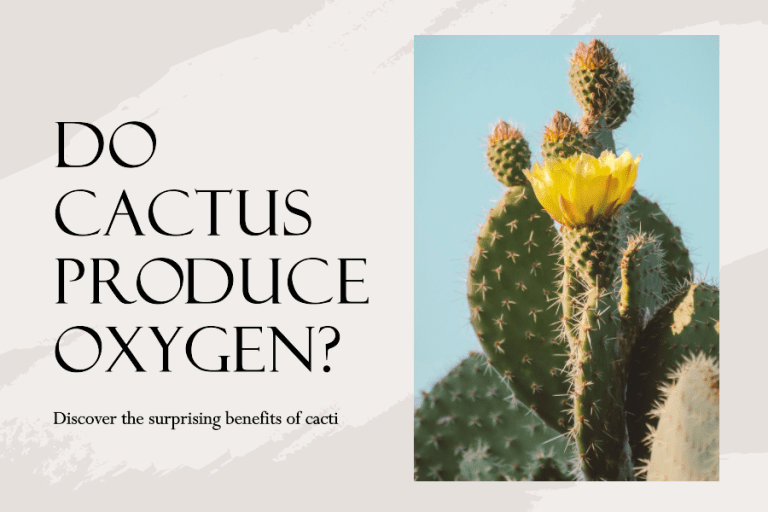Why Is My Cactus Turning Black? (7 Main Reasons)
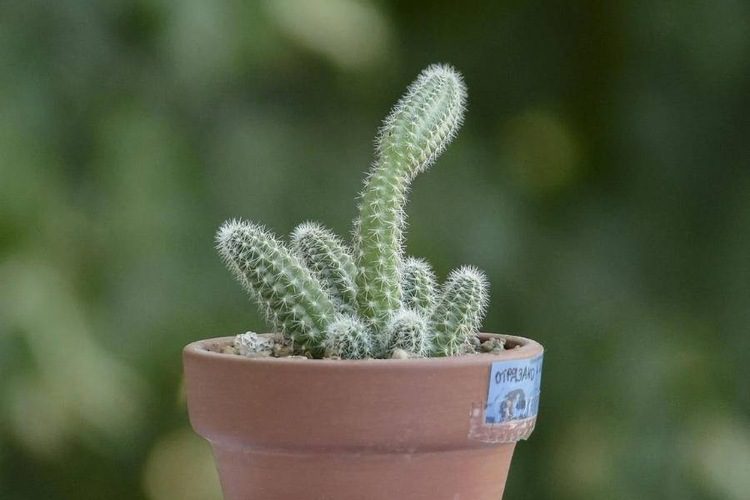
Cactus is a fantastic choice for beginners and busy gardeners since it requires little care. Cacti come in various stunning colors, from eye-catching shades of yellow, red, pink, and orange to classic green, but you will not find them in black. If you detect any black spots on your plant, it’s often a considerable concern. We’re here to help you answer the question, ‘Why is my cactus turning black?’. Scroll down slowly, so you don’t miss important information!
Why Is My Cactus Turning Black?
The cactus turns black because of bacterial and fungal diseases, low temperatures, incorrect watering, insufficient lighting, improper feeding, soil diseases, and no ventilation.
Let’s analyze 7 reasons in detail through the content of the section below.
Bacterial and Fungal Infections
The reason your cactus plant turns black is that it reacts to bacterial or fungal diseases. There are some types of bacterial diseases that you need to check for.
Fungal infections may take a few days to show symptoms. That means your plant may have suffered from an illness before it started showing signs. Besides, crown rot may also cause many harmful impacts on plants, including black spots.
Black spots are another sort of fungal disease you should pay attention to. It occurs when fungi in the soil infect your cactus plant, and it has a higher chance of happening if your soil is too moist since you water the cactus plant too often.
Freezing Temperatures
It’s well known that cacti prefer dry environments. Winters and drastic temperature changes in several regions could stress your plant into changing to black, making their spines darker or falling off.
Low temperatures may also cause some branches to fall off and the plant to die gradually. If you detect dark spines in your plant that look dry during the winter, freezing temperatures must be the prime culprit.
Underwatering & Overwatering
Overwatering causes the roots to rot and the leaves to become softer. In this case, the leaves at the bottom also become darker before the upper leaves. Root rot happens when the plant sits in excess humidity for an extended period of time. You can touch the black parts of your cacti to check if they feel soft.
Typically, succulents hold excess moisture in their stems, leaves, and roots. Thus, their leaves will burst and swell if you overwater them. On the other hand, just because a cactus can develop and stay fresh for an extended period without water doesn’t mean it never needs water.
If you ignore the watering for too long, your succulent’s root may collapse and rot once exposed to moisture. Many gardeners wonder if it’s possible to water their greens after applying liquid fertilizer.
Excess And Insufficient Light
Suppose that when our skin darkens as it is exposed to harsh sunlight, cacti can have a sunburn and grow darker spots if you put them under the sun for too long. Before growing entirely blown, cacti’s leaves may turn from natural green into yellowish first, then darken.
Touch the dark-colored parts of your succulents and notice the texture. The sunburn is probably severe, and you can’t do much to fix it if the texture feels scarred or rough. Meanwhile, dark spots on the cacti indicate a sunburn.
Insufficient light could develop dark-colored parts on the top of your succulent since it is striving to adapt to the small amount of sunlight. It’s crucial to note that cacti need sufficient sunlight to thrive. If they don’t receive enough, they will show different signs, including dark parts. If your plants grow taller and thinner than usual while developing in one direction, it’s craving sunlight.
Read more: Best Grow Light For Cactus: Top 5 For Growth Environment
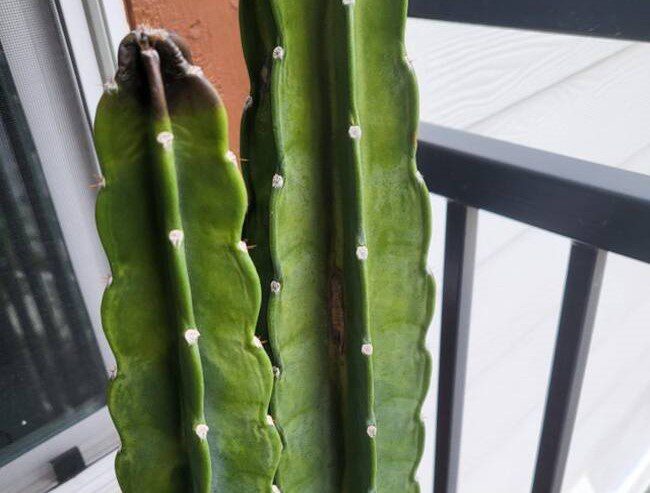
Over-fertilizing And Lack Of Nutrients
Cacti sometimes show dark-colored spines when underfed. This succulent species prefers a nutrient-poor substrate to a rich one. The best soil for it is one correctly amended with organic fertilizers without excessive nutrients. Moreover, excessive nutrients in the soil can cause nutrient deprivation in cacti.
On the other hand, nutrient deprivation in the substrate is also an apparent cause of falling and dark-colored spines and stunted growth. If you don’t feed your plants properly, they can even die. So, have you not fertilized them for an extended time? Then the possible conclusion is that nutrient deprivation is the cause of the dark spots on them.
Soil Disease
Sometimes, you may detect yellow mold in your substrate beside the growing black areas. Why does your plant’s soil have yellow mold? Before solving that question, you need to answer these first: How long has it been since the most recent time you changed the soil and repotted your cacti? Did you grow a new plant in the soil where one previously died?
Though this succulent is hardy and easy to maintain, it is prone to many diseases. One of the prominent signs of diseased cacti is a fungus developing on the cacti and mold in the soil.
No Ventilation
It’s vital to pay attention to ventilation if you’re taking care of indoor cacti. Without appropriate ventilation, the moisture in the room may reach a higher level, which can kill your houseplants.
Just like overwatering, high humidity could kill the greens, and the first sign you notice is cactus tips turning black, particularly on spines and branches. If your indoor cacti and other plants in a packed garden grow more dark parts than solitary or outdoor cacti, that’s the most significant evidence that ventilation is the prime cause.
Don’t forget cacti naturally thrive in desert environments.
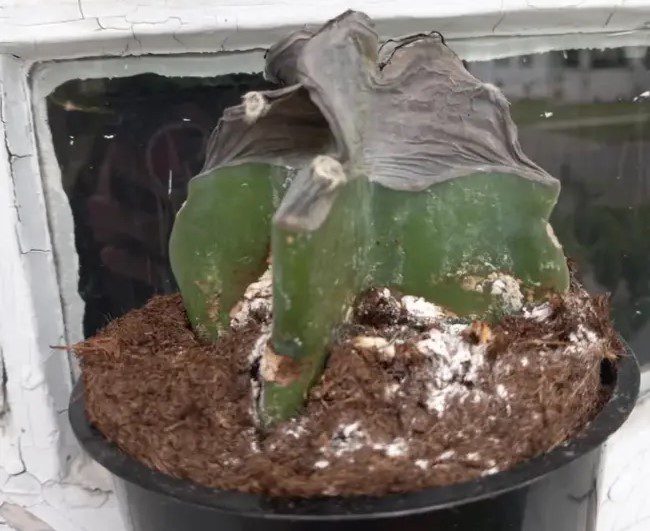
How To Save A Black Cactus?
Though your cactus turned black, don’t feel so depressed. It’s worth making some effort to save it since there’s still a chance things can turn around.
Isolate The Plant
Once you notice black spots on the cactus, the first step is to separate it from other plants. Even if your indoor farm includes only 3–4 plants, bacterial and fungal diseases can spread to other plants. Note that phyllosticta pad spots can spread through the water or wind, so you’d better not put other healthy greens at risk.
Remove Damaged Parts
Because the disease will develop without intervention, it’s crucial to block it from the beginning. That means eliminating the affected parts of your cacti.
Cut all the black branches and spines to remove rot and infection. Fungal infections can reach remarkably deep, so cut until you no longer see rotten spots remaining. Infection and rot will badly affect your greens, both internally and externally.
Examine the Root
Check the roots to see if there’s any damage. This step is essential if you’re searching for the root cause of the dark spines on your greens. Look for affected roots that appear more dark-colored than others. Rancid roots may be stinky, or fungi and mold develop on them. If you identify any, prune off those roots and wash the healthy ones with clean, running water.
Perform A Soil Change
Crown rot and other diseases can remain in the soil even after cutting off all infected branches. If you don’t treat the soil properly, the succulents will likely suffer from the disease again.
Even though you don’t see any signs of bacterial infection, changing the substrate and adding more nutrients to your new potting substrate is still a good idea.
Cut Again if Necessary
You might have missed some tiny rotten and black areas during the first trimming turn. Those remaining parts can affect other healthy areas and cause your greens to start rotting again.
So, you should re-check your plant to see if any rancid spots are left. And don’t forget to disinfect the knife or shears after pruning to eliminate the chance of diseases spreading to the surrounding area.
Water The Plant Properly
Overwatering can pose the same harm as underwatering, and dark branches can start forming due to inappropriate watering routines. Hence, plan your watering schedule properly while taking care of your garden. This practice is paramount since you can help the plants grow stronger and thrive again.
Maintain Adequate Temperatures and Sunlight
If you grow your greens indoors, it’s advisable to keep the shutters or windows shut throughout the colder months. It’s best to maintain the thermostat in the room at about 23.9 to 26.7°C (75 to 80°F) during the winter to make your succulents comfortable.
A problem with caring for houseplants is the lack of natural sunlight. Ensure to provide the cactus with at least six hours of natural light daily. If you live in a subtropical region or where the sun is very harsh in the afternoon, you can apply some methods to cover your cacti. Still, ascertain that they receive enough morning sun.
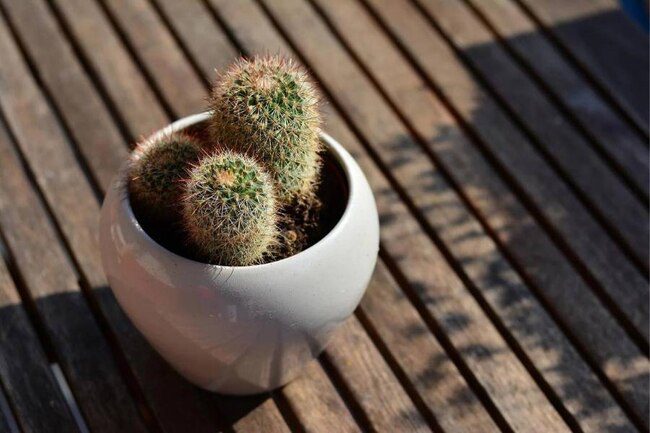
Conclusion
Something must have gone wrong if you detected black spots on your cactus. That’s when you need to do research or ask other experienced growers this question: Why is my cactus turning black? We’ve mentioned some issues your succulents may have experienced that caused dark-colored parts to show.
We hope you’re well-equipped with helpful knowledge and tips for saving your plants. See you in the next article!


